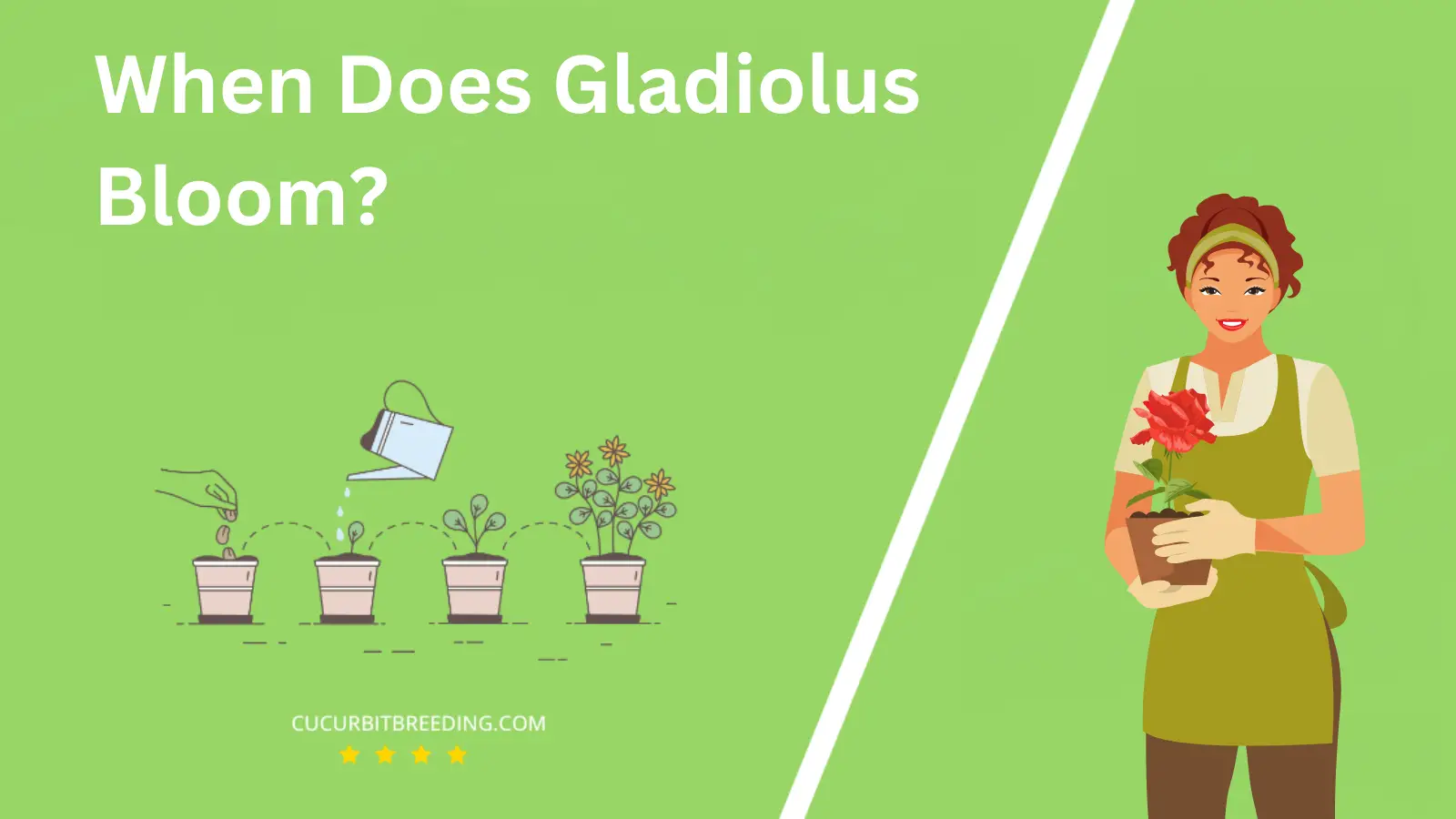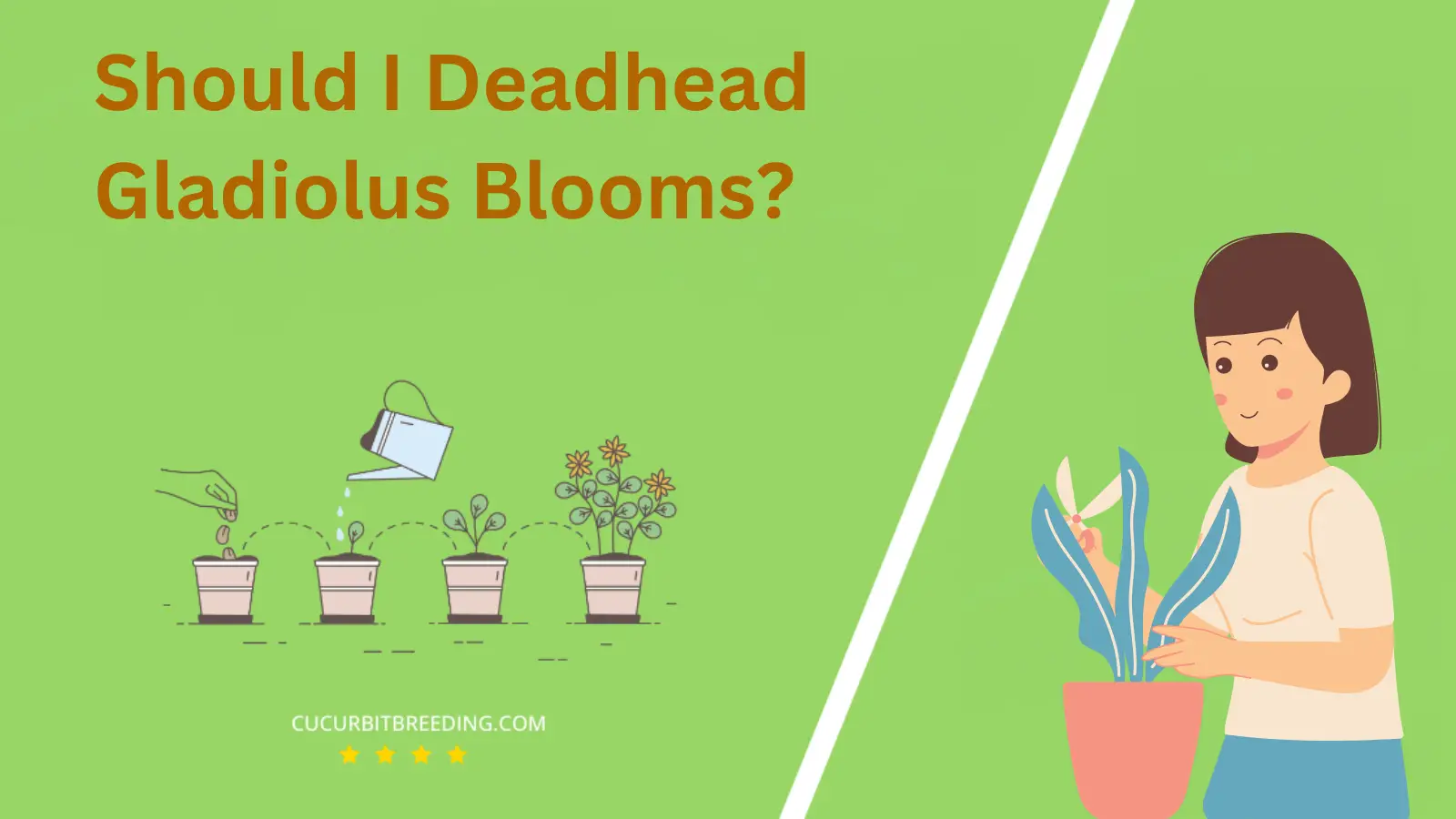
Ever gazed upon a gladiolus in full bloom and wondered about its growth cycle? When does gladiolus bloom? This query stirs the curiosity of many gardening enthusiasts.
Understanding a flower’s blooming period is crucial to maintaining its health and beauty. Let’s dive into the fascinating world of gladiolus and its blooming cycle.
When Does Gladiolus Bloom?
Gladiolus typically blooms from the mid-summer through the first frost of fall. This flowering period is often between July and September, depending on the planting time and the specific climate of the growing area. To ensure a continuous bloom of Gladiolus throughout the summer, stagger the planting times every two weeks from spring to early summer.
| Stage | Description |
|---|---|
| Germination | Spring (March-May) |
| Growth | Summer (June-August) |
| Blooming | Summer (June-August) |
| Dormancy | (December to February) |
How Long Do Gladiolus Bloom?
Gladiolus, also known as sword lilies, typically bloom for about 7 to 10 days once the flowers start to open. However, the actual blooming period may vary based on the specific variety of gladiolus and the growing conditions. It’s also worth noting that the individual flowers on the spike bloom in succession over a period of several days, lengthening the overall blooming time.
How Light Affects Gladiolus Blooms?
Light plays a crucial role in the blooming of Gladiolus flowers. Gladiolus plants need full sunlight for at least six hours a day to produce vibrant, healthy blooms. Insufficient sunlight can lead to weak stems and poor flowering. However, in extremely hot climates, providing some afternoon shade can help protect the plants from scorching. It’s a delicate balance that requires careful observation and adjustments.
The intensity, duration, and quality of light all significantly influence the growth and blooming of gladiolus plants. It’s important to ensure there are no obstructions like trees or buildings blocking the sunlight. Optimal light conditions are essential for the growth and development of these plants and to encourage prolific, showy blooms.
Will Gladiolus Bloom the First Year You Plant It?
Yes, Gladiolus will bloom the first year you plant it. These vibrant, beautiful flowers typically bloom about 60-90 days after planting. Therefore, if you plant them in the spring, they’ll likely bloom in the summer of the same year. However, the precise blooming time can depend on the specific variety of Gladiolus and local growing conditions.
Will Gladiolus Bloom Every Year?
Yes, Gladiolus will bloom every year. These perennial plants produce flowers yearly, given the right conditions. They require full sun and well-drained soil. In colder climates, gladiolus corms (bulb-like structures) need to be dug up in the fall, stored, and replanted in the spring to ensure a yearly bloom.

Should I Deadhead Gladiolus Blooms?
Yes, you should deadhead Gladiolus blooms. Deadheading, or the process of removing spent flowers, encourages the plants to focus their energy on new growth. It prevents the plant from wasting energy on seed production, which can result in more robust, healthier plants, and potentially more flowers. However, be sure to cut off only the flower spike above the leaves so the plant can continue to photosynthesize and store energy for the next season.
Top Reasons a Mature Gladiolus May Stop Flowering

The top reasons a mature Gladiolus may stop flowering could be due to various factors. Improper watering, either too much or too little, can stress the plant and result in a lack of blooms. It’s critical to strike a balance in watering, as both overwatering and underwatering can lead to problems.
Poor soil conditions can also affect flowering. Gladioli prefer well-drained soil rich in organic matter. If the soil is hard, compacted, or poor in nutrients, it can hinder the plant’s growth and flowering. Regular soil amendments with organic compost can enhance soil fertility and promote blooming.
Another key reason is inadequate sunlight. Gladiolus plants need plenty of sunlight to produce flowers. If they are planted in a shady area, or if taller plants overshadow them, they may not receive enough light to bloom.
Lastly, pests and diseases can affect the health of the plant and its ability to produce flowers. Regular inspection and appropriate treatment can help keep the plant healthy and encourage flowering.